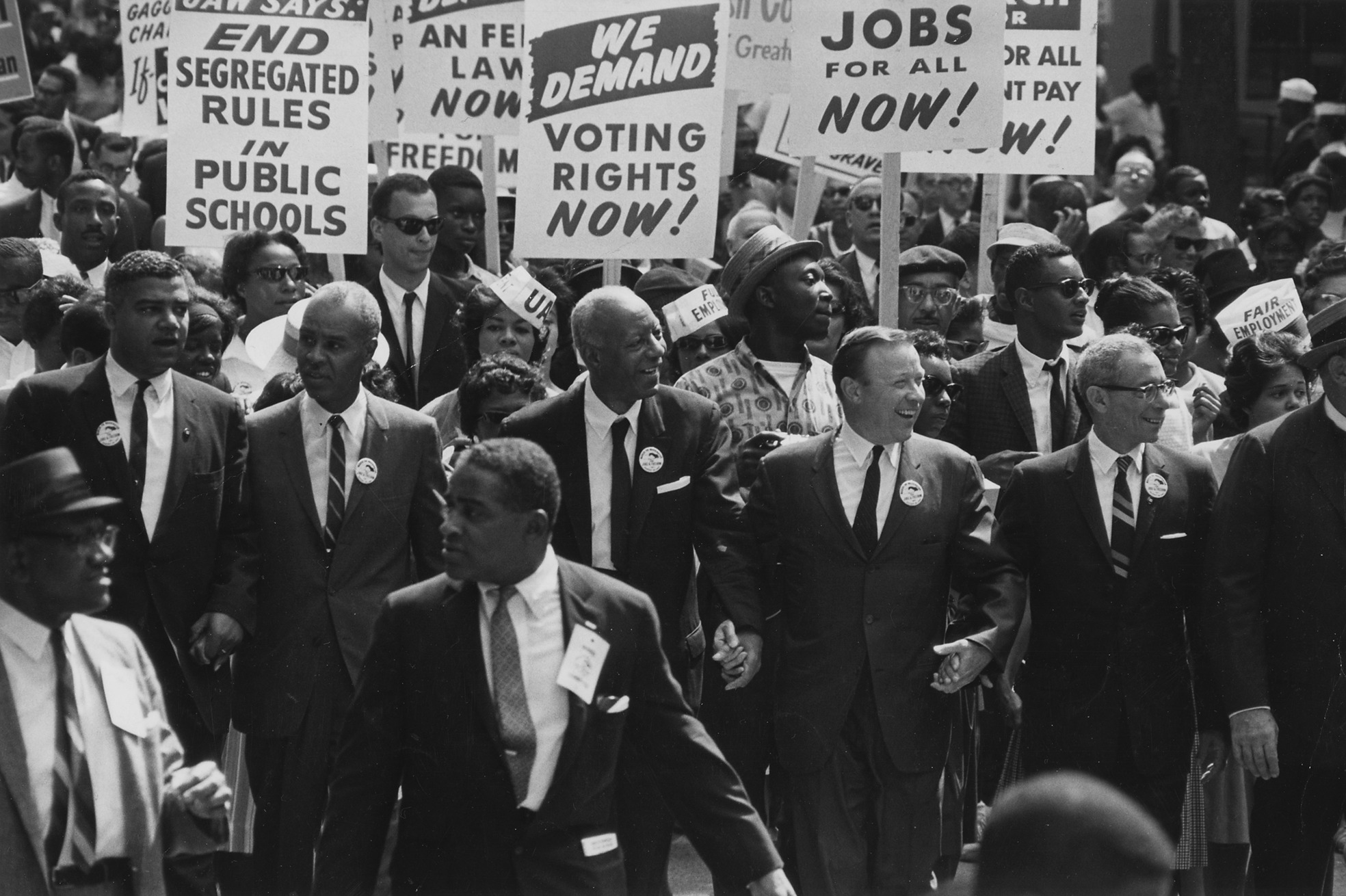Once upon a time in the not-so-distant past, in a land where the promise of equality was as old as the nation itself, yet often unfulfilled, there lived a community striving for justice. This is their story, woven through the fabric of civil rights case law.

The Dawn of Change: The Civil Rights Cases (1883)
Our journey begins in the shadow of the Civil War, where the newly freed Black population sought to claim their rights. The Civil Rights Act of 1875 aimed to ensure equal treatment in public accommodations. However, in 1883, the U.S. Supreme Court, in a decision that would echo through decades, ruled that the Thirteenth and Fourteenth Amendments did not give Congress the power to regulate private acts of discrimination. This decision, known as the Civil Rights Cases, effectively legalized racial segregation in private businesses, setting a precedent for “separate but equal” which would dominate until the mid-20th century.
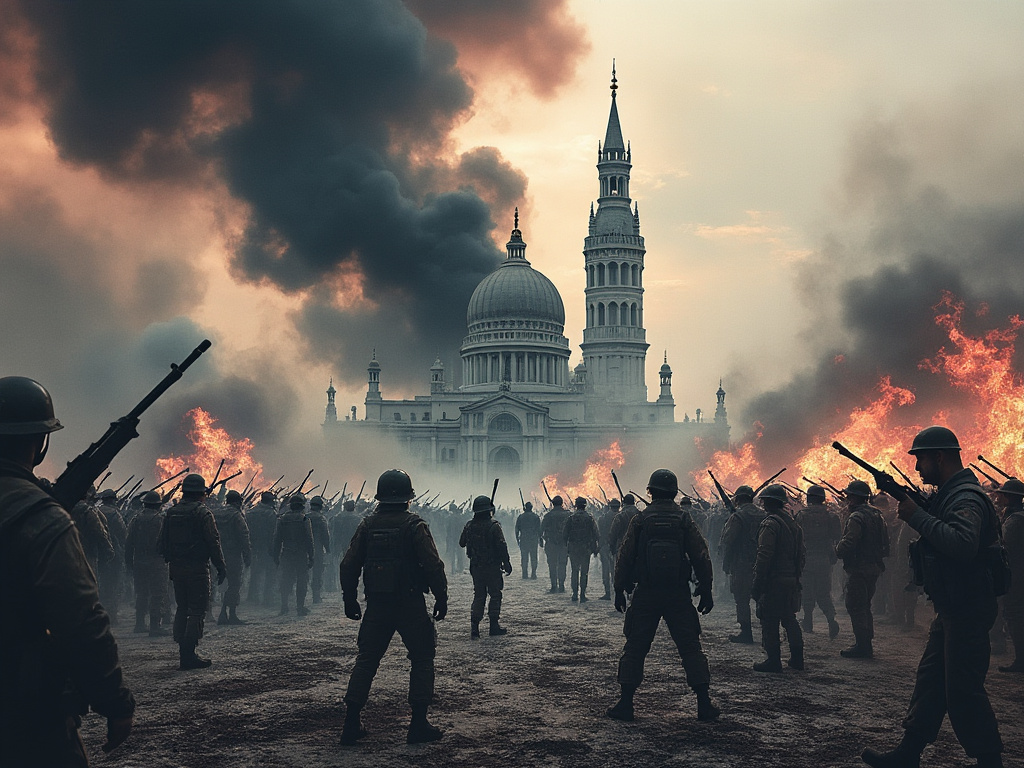
The Fight for Equality: Plessy v. Ferguson (1896)
The story moves forward to 1896, where Homer Plessy, a man of mixed race, challenged a Louisiana law mandating racial segregation on trains. The Supreme Court’s decision in Plessy v. Ferguson upheld the law, arguing that separate facilities for different races were constitutional as long as they were equal. This case institutionalized segregation, known as Jim Crow laws, across the South.

A Turn Towards Integration: Brown v. Board of Education (1954)
The narrative takes a hopeful turn with Brown v. Board of Education. In 1954, the Supreme Court, in a unanimous decision, declared that “separate educational facilities are inherently unequal.” This ruling struck down segregation in public schools, marking a pivotal moment where law began to reflect the moral imperative of integration over separation.


Expanding Rights: Loving v. Virginia (1967)
The story of civil rights isn’t just about race. In 1967, the Supreme Court’s decision in Loving v. Virginia struck down all state laws banning interracial marriage. Richard and Mildred Loving’s case was not just about their love; it was about the fundamental right to marry, transcending racial barriers.
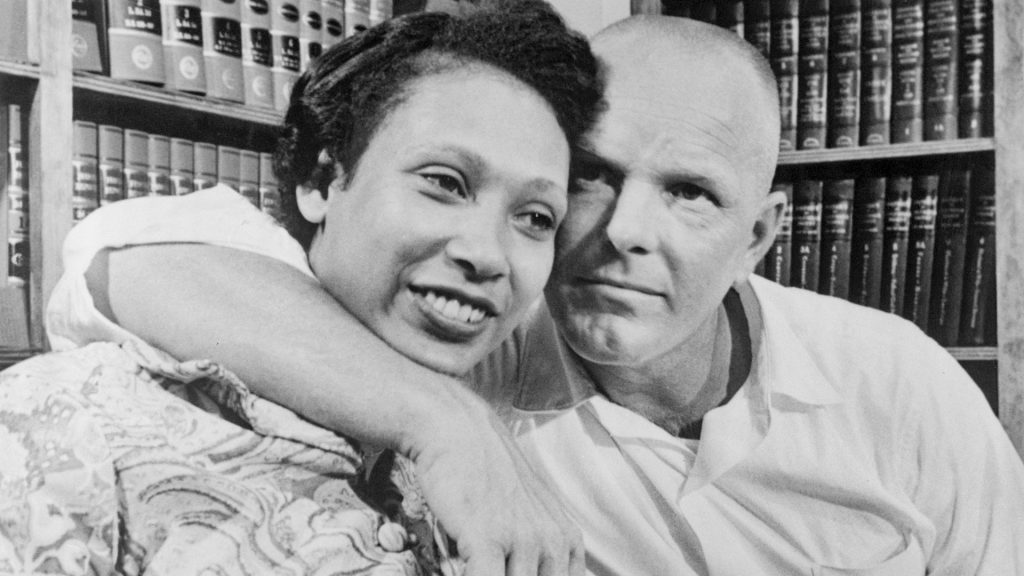
Modern Strides: Sexual Orientation and Gender Identity
As society evolved, so did the understanding of civil rights. Recent cases like Bostock v. Clayton County (2020) have seen the Supreme Court interpret Title VII of the Civil Rights Act of 1964 to include protection against discrimination based on sexual orientation and gender identity. This ruling was a landmark, recognizing that discrimination based on these grounds was akin to sex discrimination.
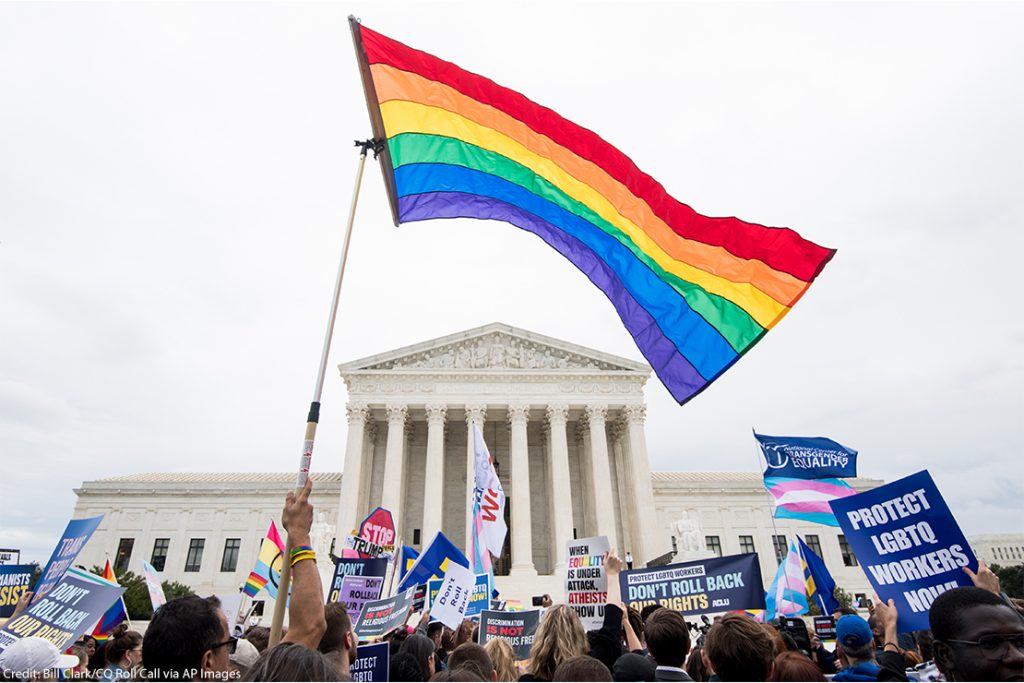
The Ongoing Battle: Voting Rights and Beyond
The narrative continues with cases like Shelby County v. Holder (2013), where the Supreme Court invalidated a key provision of the Voting Rights Act, leading to debates over voter suppression and the need for federal oversight in voting rights. This case underscores the dynamic nature of civil rights law, where victories are often followed by new challenges.
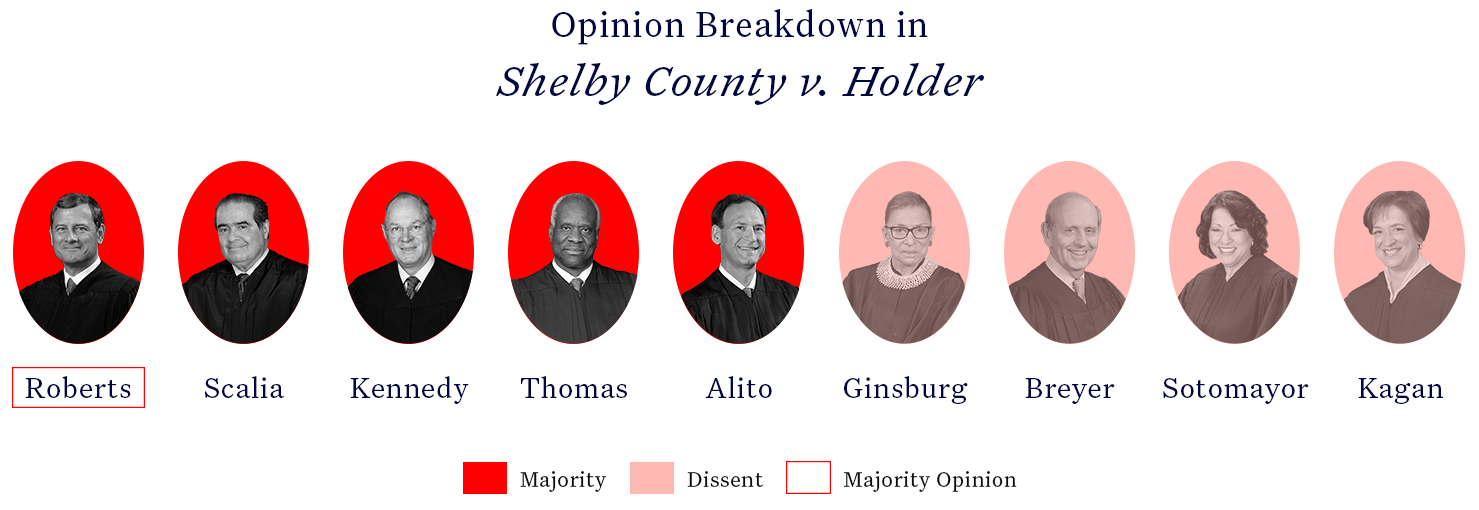
Conclusion: A Never-Ending Story
This story of civil rights through case law is not just a legal journey but a reflection of societal values, struggles, and progress. From the post-Civil War era to modern times, each case has added layers to the understanding of what civil rights entail. While laws like the Civil Rights Act of 1964 have been foundational, the interpretation and application of these laws continue to evolve, reflecting the ever-changing tapestry of American society. This story reminds us that civil rights are not just granted; they are fought for, interpreted, and sometimes, painfully won through the courts of law.
civil rights, #CivilRights, #CivilRightsMovement, #Equality, #Justice, #Segregation, #Desegregation, #VotingRights, #RacialEquality, #NonviolentProtest, #MarchOnWashington, #IHADream, #RosaParks, #MLK, #MartinLutherKing, #FreedomRiders, #Boycott, #SitIn, #CivilRightsAct, #VotingRightsAct
Get your SOS gear here Get your SOS gear now. Protect and serve the narrative – Affiliate link, I make a commission off any sales from the link and it truly helps the battle I face getting records and exposing the worst of the worst cops. Thank you
If you send me a pic of you wearing the gear from my store I may put you in a video 🙂
Promo code: EARLYBIRD
Disclaimer: This webpage is not an official government page or an emergency line. It is dedicated to displaying information about police misconduct and naming the agencies involved. The content provided here is for informational purposes only and does not constitute official records or legal advice. In case of an emergency, please contact your local authorities or dial 911. For official information, please refer to the appropriate government or law enforcement websites.
Disclaimer:
I am not an attorney. The information provided on this website is for informational and educational purposes only and should not be considered legal advice. Always consult a qualified attorney for advice regarding your specific legal situation. Any opinions expressed are solely my own.
Visit the site map page for all of the cases I have done.
https://shieldsofshame.com/site-map/
police misconduct law enforcement accountability public safety officer misconduct police transparency police oversight misconduct reporting police ethics public trust community safety law enforcement agencies police corruption misconduct exposure officer integrity justice reform police investigation citizen rights misconduct database police reform public accountability
#PoliceMisconduct #LawEnforcement #Accountability #PublicSafety #OfficerMisconduct #PoliceTransparency #PoliceOversight #MisconductReporting #PoliceEthics #PublicTrust #CommunitySafety #LawEnforcementAgencies #PoliceCorruption #MisconductExposure #OfficerIntegrity #JusticeReform #PoliceInvestigation #CitizenRights #MisconductDatabase #PoliceReform #PublicAccountability
Visit the Youtube counterpart to this website where the videos are located.
Please consider contributing to the Open Records Fund
https://gofund.me/8b866727
Cashapp $madvideos
Venmo @madvideos
PayPal madvideos@gmail.com
Thank you
